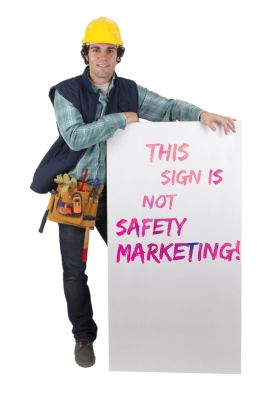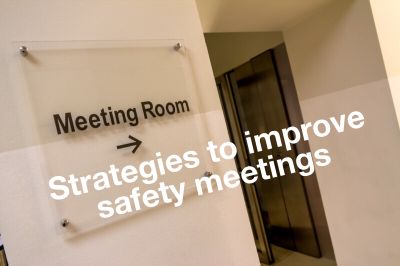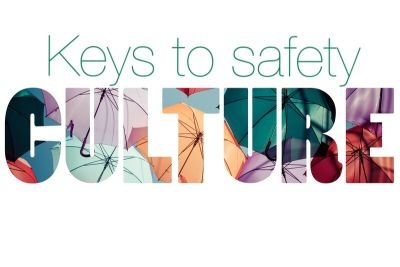Posted by
Kevin Burns on October 1, 2024

Selling is about solving a problem or uncovering a benefit of safety in a way that makes people want to buy-in. Safety shouldn’t have to be sold. That comment is typical right across the varying types of safety personnel. People get hung up on the word selling as though selling is a bad thing, a manipulative thing. Truthfully, what now seems like a lifetime ago, I used to sell photocopiers. But, my clients would never buy the photocopier. They bought what it could do. And more importantly, what it could do for them. Prior to photocopier sales, I sold radio advertising. Again, people weren’t buying commercial time. They were buying the foot traffic to their business that the commercial time created - what it could do for them. You must sell safety the same way too. It’s not about shoving safety down the throats of your people. It’s about helping them see that safety improves their lives in a way that they are probably not seeing it. As a supervisor or safety person, you have to help employees see what safety does and can do for them. Selling anything takes a communications skill-set and trust. Rarely are the best salespeople the newest salespeople. The best salespeople are the experienced veterans who always keep the interests of the client at the forefront. They know that the product or service they are selling will help to eliminate a client’s pain-point. And the client knows it, too. No one buys anything that doesn’t make their lives better in some way. It’s why we buy homes, vehicles, vacations, education, insurance and investments. Those things make our lives better, more comfortable, less uncertain. So, why wouldn’t we buy-in to safety too?












